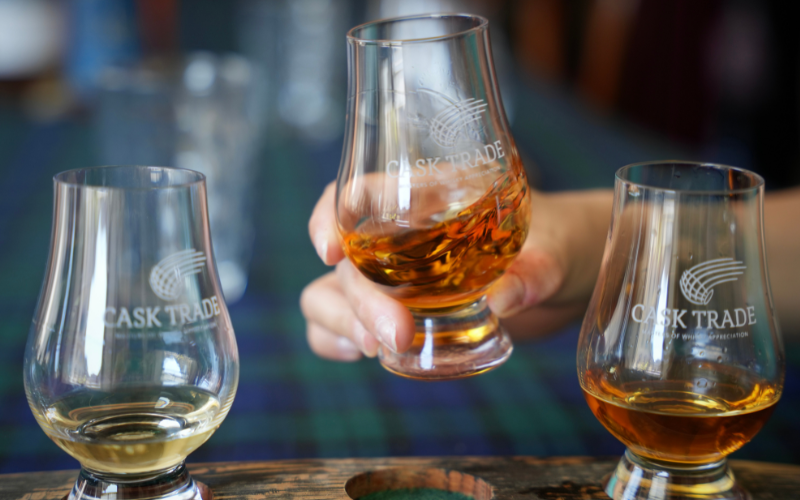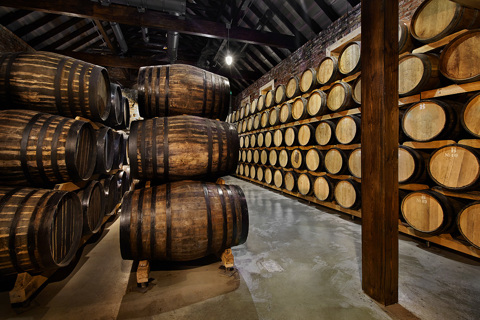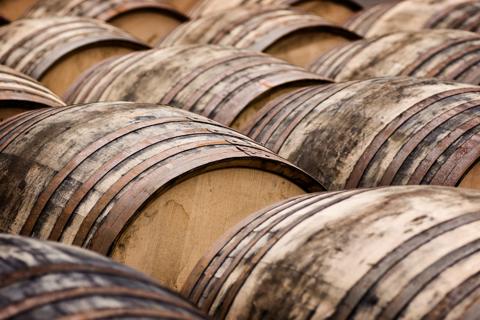
Alternative Investments in 2024
Alternative investments have been a staple in the investment landscape for centuries, arguably shedding their 'alternative' label over time. Their historical ebbs and flows are well-documented. In contrast to regulated financial products, alternative investments offer a touch of enjoyment and excitement along the investment journey.
Amid the upheaval wrought by COVID-19 and the burgeoning global economic challenges, alternative investments have garnered heightened interest. Several categories stand out prominently as alternative investment options: art and collectibles, watches, cars, gold and precious metals, and more recently, whisky, particularly in bottles and casks over the past decade. The year 2023 presented a mixed bag for alternative investments, prompting a retrospective glance at its trajectory and a speculative look forward to 2024.
Art
In 2023, A UBS report showed the art market experienced a downturn, witnessing a 4% decrease in total sales compared to the previous year, amounting to $65 billion. This figure marked the lowest since the pandemic-impacted year of 2020 but remained higher than pre-pandemic levels, which stood at $64.4 billion. Both public auction and dealer sales saw declines of 7% and 3%, respectively, year over year.
The report also highlighted that factors such as high interest rates, inflation, and political instability contributed to the slowing growth at the top end of the market. Transaction volume saw a modest 4% increase compared to 2022, primarily buoyed by transactions at lower price ranges, with the share of lots valued at over $1 million decreasing by 6% from 2022. Thus, while 2023 saw lower-value sales, the number of transactions remained steady.
Notably, art sales in the U.K. saw an 8% decline year over year, amounting to $10.9 billion. This figure represented a 15% decrease compared to 2013 and was accompanied by a 16% year-over-year decrease in art imports, reflecting a persistent challenge post-Brexit.
Watches
Phillips witnessed a significant uptick in registered paddles during watch auctions, rising from 8,097 in 2019 to 13,747 in 2023, marking a 70% increase. Moreover, the average age of buyers dropped from 57 to 50, signalling a shift towards a younger demographic. Despite minor declines in auction activity, the overall trend showcased sustained growth, albeit not consistently reflected in price trends. The latest report by Morgan Stanley, in collaboration with WatchCharts, noted consistent price declines since Q4 2024, marking the seventh consecutive quarter of decrease.
Cars
In 2023, Hagerty, luxury car experts, observed a market correction as sellers' expectations collided with buyers' reluctance amid higher borrowing costs. Millennials emerged as a driving force in the classic car market, introducing new segments and sustainability concerns. Only 29% of models in the UK Hagerty Price Guide appreciated, a significant drop from 86% the previous year. However, the enthusiast market below £50,000 remained resilient, as evidenced by Hagerty's Classic and FOTU Indices.
Gold (and precious metals)
The price of gold surged over the past year, reaching an all-time high of £1693 per oz as of March 14th, up from £1618 per oz previously. Forecasts predict bullish results for 2024, with JP Morgan, UBS, and ING bank projecting averages ranging from $2100 to $2250 per oz. While gold remains an attractive investment, the anticipated price hikes may entail higher short to medium-term risks.
Crypto
The crypto market witnessed a turbulent year, rebounding from the FTX collapse at the end of 2022 to reach new all-time highs in 2023. Bitcoin alone surged over 180% in the last year, showcasing the market's volatility and unpredictability.
Whisky as an alternative investment
In 2023, Scotch Whisky exports totalled £5.6 billion, with 1.35 billion bottles exported. Although export values dipped by 9.5% from 2022, they surged by 14% compared to pre-pandemic levels. Notably, Single Malt Scotch Whisky exports exceeded £2 billion for the first time. However, these statistics solely reflect bottled exports and do not encompass the narrative of whisky casks as an alternative asset.
Like other alternative assets, whisky casks experienced a peak in the first two quarters of 2022 before stabilising and witnessing price declines in 2023. This market correction aligns with the natural ageing process of whisky and underscores its long-term investment potential.
Whisky presents numerous advantages compared to other asset classes, rendering it a more appealing option both financially and practically. Unlike many other assets, a whisky cask is classified as a "wasting chattel" by HMRC, meaning there are no capital gains taxes to worry about upon their sale. For whisky to earn the coveted label of Scotch, it must undergo maturation and bottling exclusively in Scotland. Unlike tangible assets such as art or cars, physical ownership of whisky casks isn't feasible. However, this lack of possession also means there's no need for maintenance or storage space, unlike with cars or art collections. Nevertheless, investors can still engage with their whisky investment by periodically sampling the product and, in many instances, visiting the warehouse where it's stored.
Conclusions
2023 marked a turning point in the UK economy and alternative investments, characterised by escalating living costs and cautious consumer spending habits. This misalignment between seller expectations and buyer willingness to pay resulted in a drop in sales across various market segments, engendering adaptive measures and recalibrations from businesses – demonstrated by the strategic splitting of Edrington & Beam Suntory in the UK.
Collectors refocused their attention on assets they cherish or derive intrinsic value from, cask whisky aligns deeply with this asset class. Rarely purely transactional, the appeal of owning a whisky cask is the joy of the taste enthusiast, art appreciator, history buff, and asset owner rolled into an experience that can be shared with friends and family. It is this intrinsic strength that lays solid foundations for the cask marketplace.


